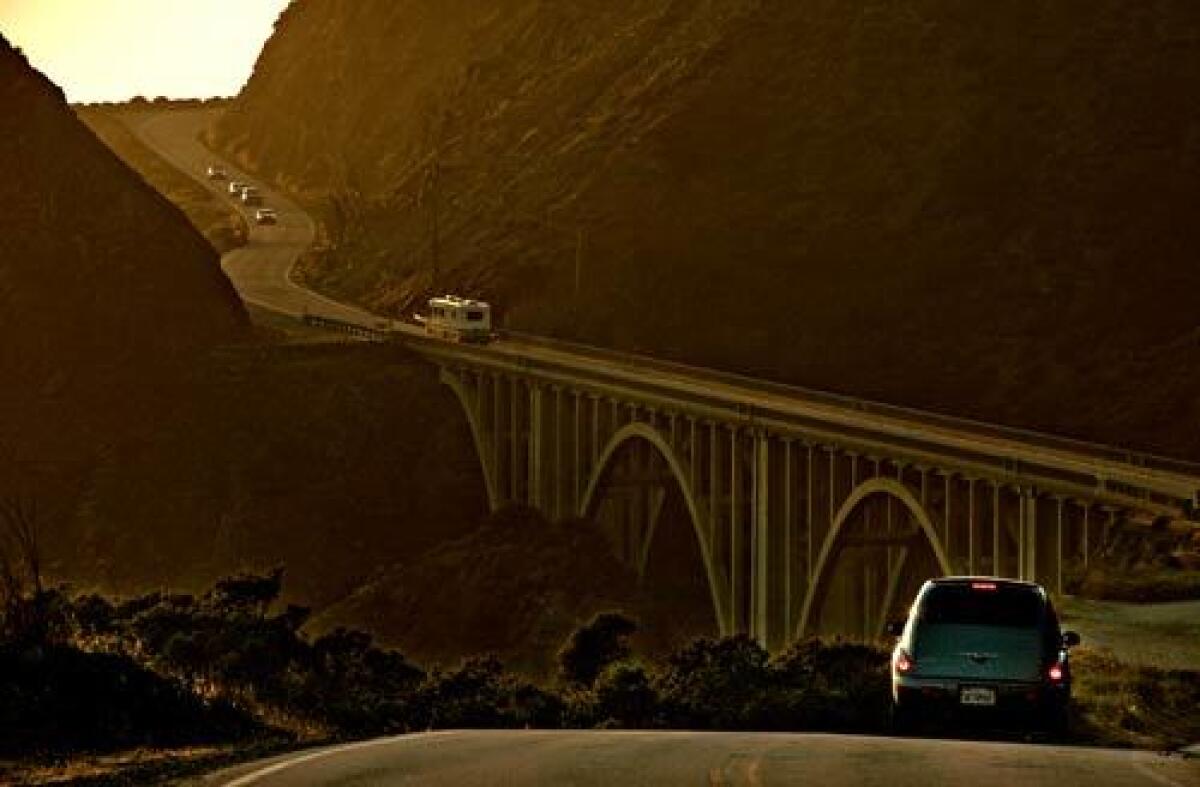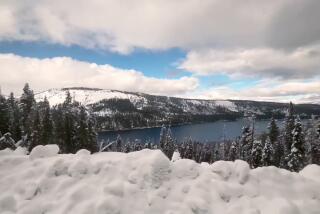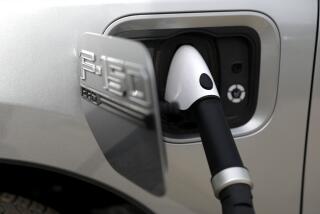Highway 1’s golden opportunities

Last year, in the middle of the recession, my husband, Paco, and I pondered our fall vacation, weighing an ever-growing travel wish list with an ever-growing urge to save. Instead of Greece or the Great Barrier Reef, we chose a California road trip. By avoiding international airfare and the weak dollar, we were able to splurge in a few key places while saving in a handful of others, a high-low budget journey without the jet lag.
Google Maps plotted our teardrop-shaped drive — from Los Angeles to Yosemite National Park, across to Big Sur, and back down the coast on California 1. We blocked out a few days in mid-November, late enough in the season to avoid crowds on the roads and trails. Our mission: relationship renewal through shared car time, delicious meals and scenic hikes.
Like millions of Americans before us, we gassed up our station wagon ($45) and took off with a couple of suitcases and our first budget line item: a cooler full of Trader Joe’s drinks and snacks ($30), which would come in handy on the highway, hikes and hotel stays (instead of the expensive mini bar).
After the first five-hour leg, the Tenaya Lodge, a 244-room resort two miles outside of the south entrance of Yosemite, was the ideal stopping point. We arrived at sundown and took advantage of the California Bed & Breakfast Package ($139 a night for two) — spending one comfortable night on a down feather bed, followed by breakfast in the Sierra Restaurant — which left us refreshed and ready for the park.
Just 15 minutes later, after paying the $20 seven-day entrance fee, we were hiking in Mariposa Grove, the largest concentration of giant sequoias in Yosemite, with names such as Grizzly Giant and the Three Graces. We took the requisite photo in front of the California Tunnel Tree, the base of which was cut in 1895 to allow coaches to pass through it, and a funny shot of a gigantic pine cone the size of Paco’s head.
One breathtaking wilderness experience checked off our list — before 10 a.m., no less — and we felt bolstered for the hourlong drive into Yosemite Valley. We turned off at the Tunnel View for the first of many Ansel Adams moments with Yosemite’s granite peaks and waterfalls. A few minutes more, and we were at the base of the flowing Bridalveil Fall.
Then we motored to the floor of the valley and the Ahwahnee Hotel, built in 1927 as the grande dame of accommodations in Yosemite and boasting incredible views of Yosemite Falls, Half Dome and Glacier Point. Although the standard room rate seemed high ($425 a night), we had been told that an overnight at the hotel and a meal in its dining room, with a 34-foot-tall ceiling and stained glass windows, were imperative. To take full advantage of our first splurge of the trip, we checked in early to drop off our things and rest.
Later, a two-mile sunset hike to Mirror Lake — with the ultimate photo op capturing the changing colors on the park’s granite walls — proved 10 times the experience our mediocre, if fancy, room and overpriced ($125) dinner were. And, of course, the hike was free. Next time, we will choose Yosemite Lodge, where its food court had a perfectly acceptable bowl of chili ($4.35) and a burger ($8.50). We’ll have a cocktail in the Ahwahnee bar instead.
“Greece’s got nothin’ on Cali,” I said, cranking up the Who as we drove out of Yosemite Valley. The varied scenery on the five-hour drive to Big Sur, with the winding mountain road giving way to flat fields, golden rolling hills and, ultimately, the dramatic Oceanside cliffs of California 1, made us appreciate our trip choice.
As did our contrasting accommodations: two nights at the rustically modern Glen Oaks Big Sur, a renovated 1950s motor lodge ($175 a night), which allowed us one blow-out night in splendor at the Post Ranch Inn ($1,185 a night). Despite the sky-high price tag, the Post Ranch Inn was worth every penny. The stunning views and architecture, luxurious Cliff House room, spa massages and meals at the Sierra Mar Restaurant were the best hotel experiences of our lives. Even so, the Glen Oaks proved much more than a budgetary necessity. We relished our two restful nights in our chic and cozy room, as well as the communal exchange around the fire pit.
Others around the fire pit gave us tips about the affordable dinner at the Big Sur Roadhouse ($12.95 an entrée), the don’t-miss sunset cocktail at Bohemian Nepenthe ($10 for a vodka drink), and breakfast at the Norwegian-style Deetjen’s Big Sur Inn, where we ate three days in a row (about $15 per person per breakfast.)
We worked off our drinks and meals on beautiful hikes above the rugged coastline. One such trek, which started on a fire road adjacent to California 1 in Andrew Molera State Park, was particularly rewarding, if gruesomely steep. We were happy not to learn until later that it is sometimes called “the Golden Staircase,” accompanied by tales of hiking terror.
Traveling in our car meant more than getting from one place to another; we also took scenic drives as an activity. The Pebble Beach 17-mile Drive was a highlight ($9.25 toll), where I spent four quarters’ worth of time peering through the spyglass at sea lions on Bird Rock, and my husband marveled at the Pebble Beach golf course where Tiger Woods won the 2000 U.S. Open by 15 strokes.
Although the final stretch — the mostly coastal drive down Highway 1 connecting to the familiar 101 Freeway — delivered us home, we cranked up the music and savored the ride as much as our first glimpse of Half Dome or our last sip of wine at the Post Ranch Inn. We also reveled in our well-balanced budget and trip: about $2,000 for two blow-it-out nights and dinners and about half that for four other fun-filled days.
“Goin’ mobile,” the Who sang. “Keep me moving.”
More to Read
Sign up for The Wild
We’ll help you find the best places to hike, bike and run, as well as the perfect silent spots for meditation and yoga.
You may occasionally receive promotional content from the Los Angeles Times.






